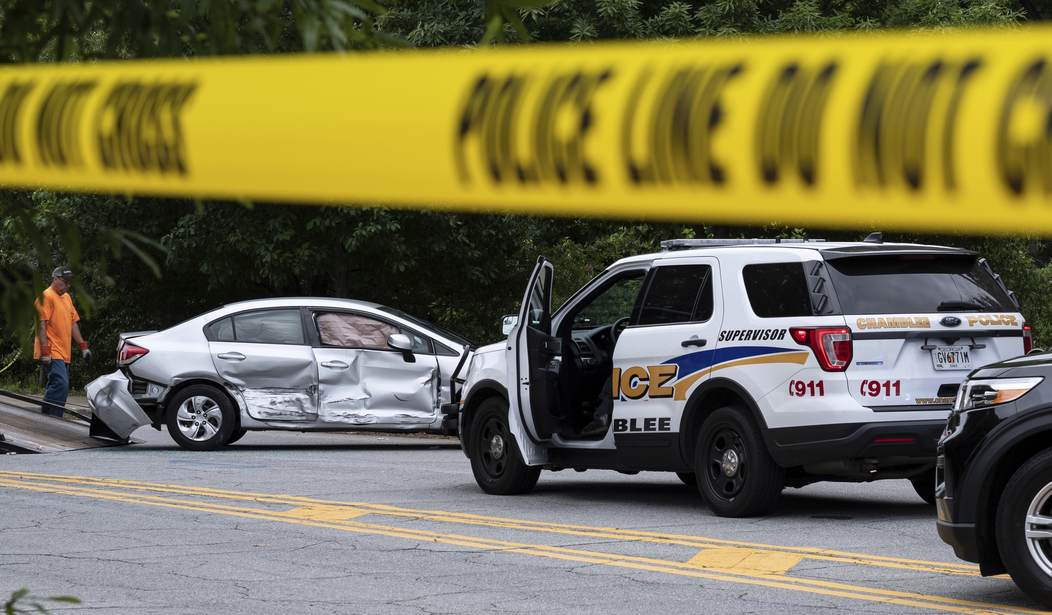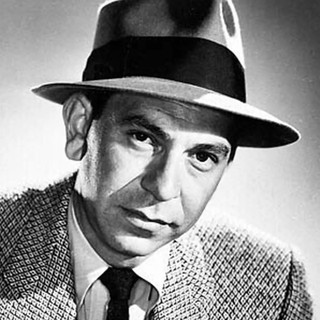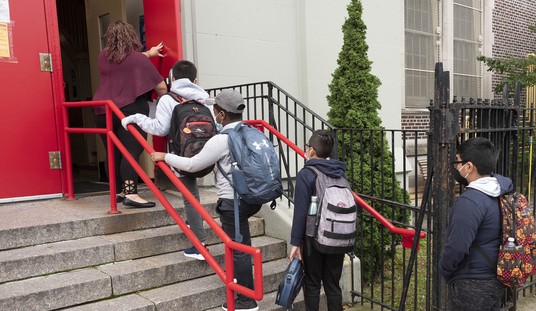In Los Angeles this week, two police pursuits ended in collisions that killed an innocent driver and badly injured another. In the San Fernando Valley early Tuesday morning, fleeing robbery suspects crashed into a car driven by a 19-year-old student at Cal State Northridge, killing him. The driver of the pursued car was arrested, but his passenger escaped. A rifle was found in their car.
On Thursday evening in South Los Angeles, a man driving a stolen pickup truck fled from police when they tried to stop him. He ran a red light and crashed into a car, critically injuring the woman driver. These incidents came two weeks after another horrific collision in the San Fernando Valley in which two men were killed when their car was struck by a car fleeing the police.
The California Highway Patrol tracks statistics on police chases throughout the state, including those involving its own personnel and those of local police and sheriff’s departments. In 2020, the most recent year for which a report is available, there were 11,650 police pursuits in California, 2,478 of which involved collisions. Of these, 2% resulted in fatal injuries, 35% resulted in non-fatal injuries, and 63% resulted in property damage only.
Among the 61 deaths resulting from pursuits, 49 were either a driver or passenger in the pursued vehicle, and 12 were of uninvolved parties. Of those with non-fatal injuries, 68% were drivers or passengers in pursued vehicles, 26% were uninvolved parties, and 6% were police officers.
The natural reaction to a death or injury to an innocent bystander resulting from a pursuit is to question whether police should have been chasing in the first place. Had the pursuit not occurred, the innocent person would not have been killed or injured, therefore the police should not engage in pursuits at all.
Alas, it’s not that simple. As Thomas Sowell instructed, there are no solutions, only trade-offs. Yes, had no police pursuits occurred in California in 2020, all of the deaths, injuries, and property damage attributed to them would have been avoided, but at what cost? It is, of course, impossible to calculate what might have occurred had things not been as they were, but it’s safe to say the cost would not have been zero.
If the criminal classes are assured that all they need to do to escape punishment for their misdeeds is to drive away with sufficient recklessness as to dissuade the police from pursuing them, how safe is anyone from their predations? Consider the armed robbery suspects mentioned above who killed an innocent college student while fleeing police. How many robberies would they have gone on to commit, and how long would it have been before they used their rifle on some victim they viewed as insufficiently compliant?
The day may arrive when technology solves the problem of criminals escaping by car, and, to a small degree, it already has. There have been several instances in which the General Motors OnStar system has been used to disable vehicles fleeing the police. Such a system might one day be incorporated into all vehicles, but until then we are left with the questions of when police should pursue fleeing cars and what steps should be taken to bring pursuits to a halt.
There is already a proven method of bringing police chases to an end, one already endorsed by the U.S. Supreme Court and dependent on items already carried by every police officer: firearms.
Before anyone accuses me of advocating that officers open fire on anyone who flees from them in a car, let me clarify my position by citing case law. In 2014, the U.S. Supreme Court ruled in Plumhoff v. Rickard that police may use deadly force to end a pursuit that poses a serious risk to public safety. At about midnight on July 18, 2004, a police officer in West Memphis, Ark., stopped a white Honda Accord driven by Donald Rickard. Kelly Allen was a passenger in the car. When the officer suspected Rickard of being under the influence of alcohol, he asked Rickard to step out of the car. Rickard instead drove off, leading police on a chase on Interstate 40 into Tennessee at speeds over 100 miles per hour.
Rickard exited the interstate in Memphis, where he lost control in a turn, spun out, and came to a stop. Despite being surrounded by police, Rickard continued trying to escape, crashing into police cars as he did so. An officer fired three rounds into Rickard’s car, which were ineffective at stopping him. Rickard was able to extricate his car from the surrounding police cars, at which time officers fired 12 more shots. Both Rickard and passenger Allen were struck by gunfire, after which the Honda crashed into a building. Rickard and Allen died “from some combination of gunshot wounds and injuries suffered in the crash that ended the chase.”
In a unanimous opinion written by Justice Samuel Alito, the Court ruled that the officers’ use of deadly force was reasonable. “In light of the circumstances we have discussed,” wrote Justice Alito, “it is beyond serious dispute that Rickard’s flight posed a grave public safety risk, and… the police acted reasonably in using deadly force to end that risk.”
It is settled police practice that firing at a moving vehicle is a dangerous and ineffective method of stopping it, but there are times, as occurred in the Rickard case, when a pursued vehicle comes to a stop after spinning out or becoming involved in a collision. The current practice among most police agencies is, if the pursuit is not abandoned, to watch the fleeing driver endanger others time after time even when a reasonable opportunity to shoot him presents itself. If that driver goes on to injure or kill someone after such an opportunity was wasted, the officers should be seen as having been derelict in their duty to protect the public.
Yes, officers should be judicious in deciding when to chase a fleeing vehicle, but the ever more restrictive pursuit policies being enacted across the country send the message that criminals need but speed away from the scene of their crime to escape punishment. In 2007, Justice Antonin Scalia addressed this very point in his opinion in Scott v. Harris. “The Constitution assuredly does not impose this invitation to impunity-earned-by-recklessness,” he wrote. “Instead, we lay down a more sensible rule: A police officer’s attempt to terminate a dangerous high-speed car chase that threatens the lives of innocent bystanders does not violate the Fourth Amendment, even when it places the fleeing motorist at risk of serious injury or death.”
Just so. By imposing more risks on fleeing drivers, we impose fewer on the innocents in their path. Let that be the message we send.










Join the conversation as a VIP Member